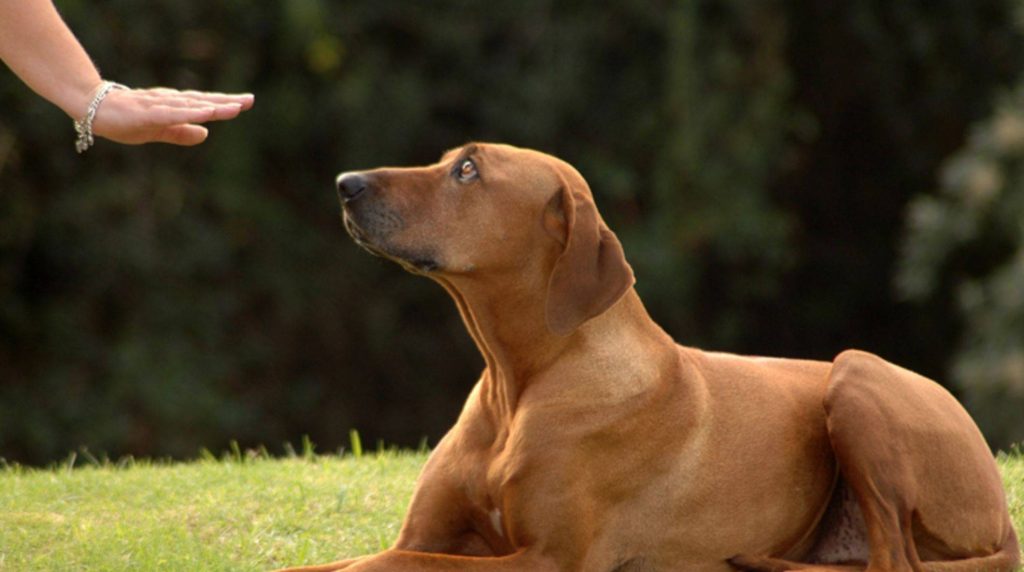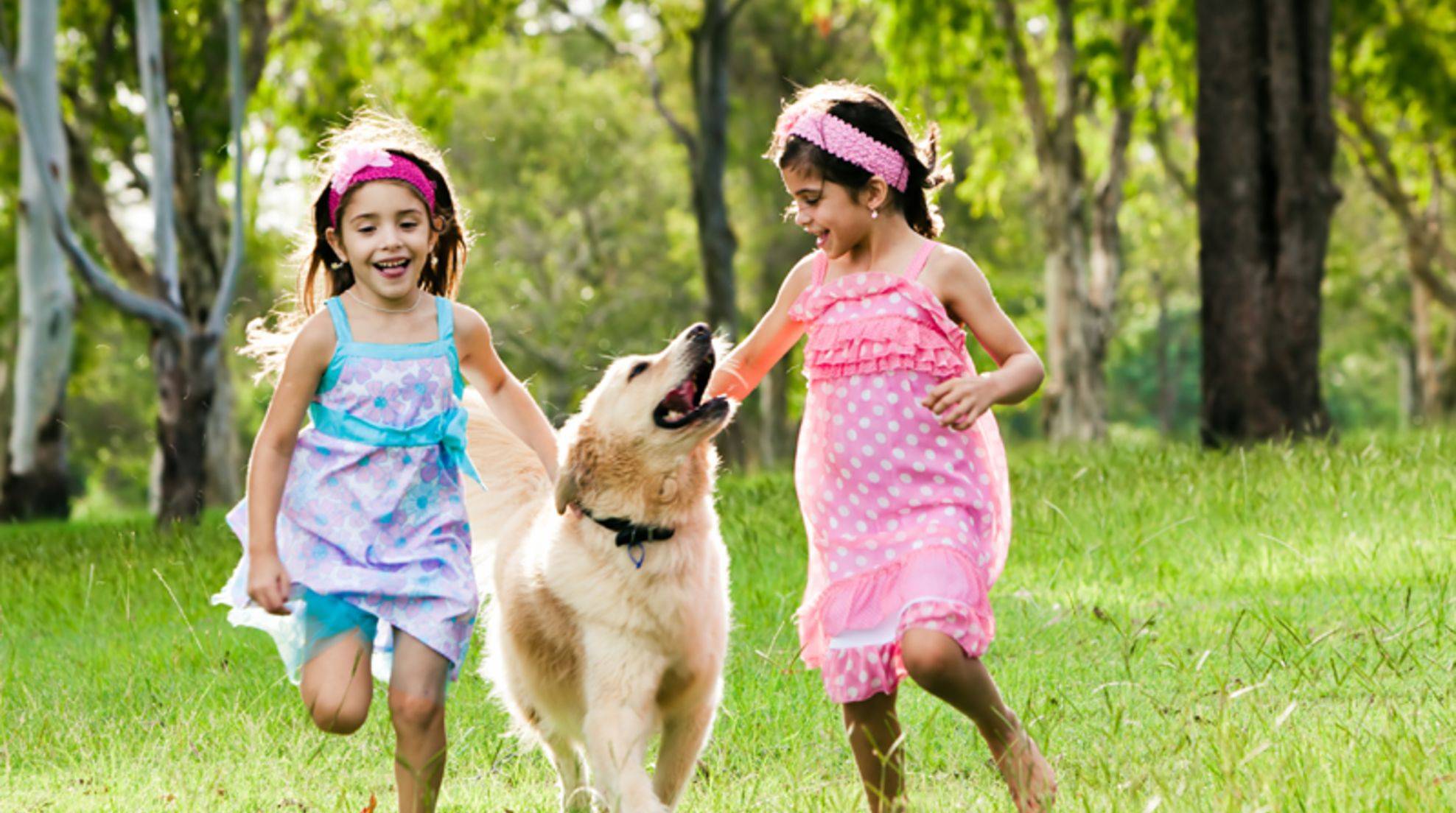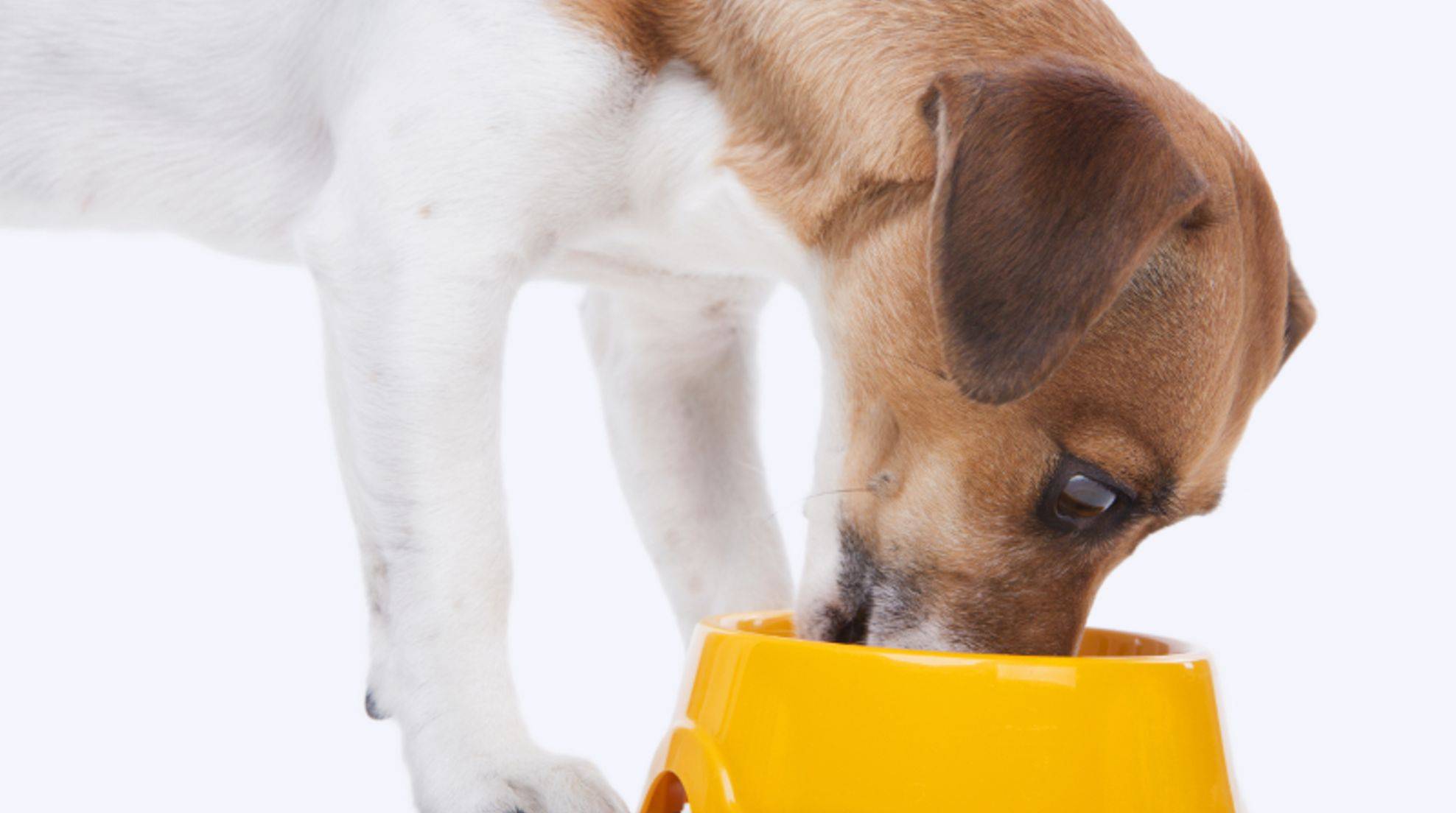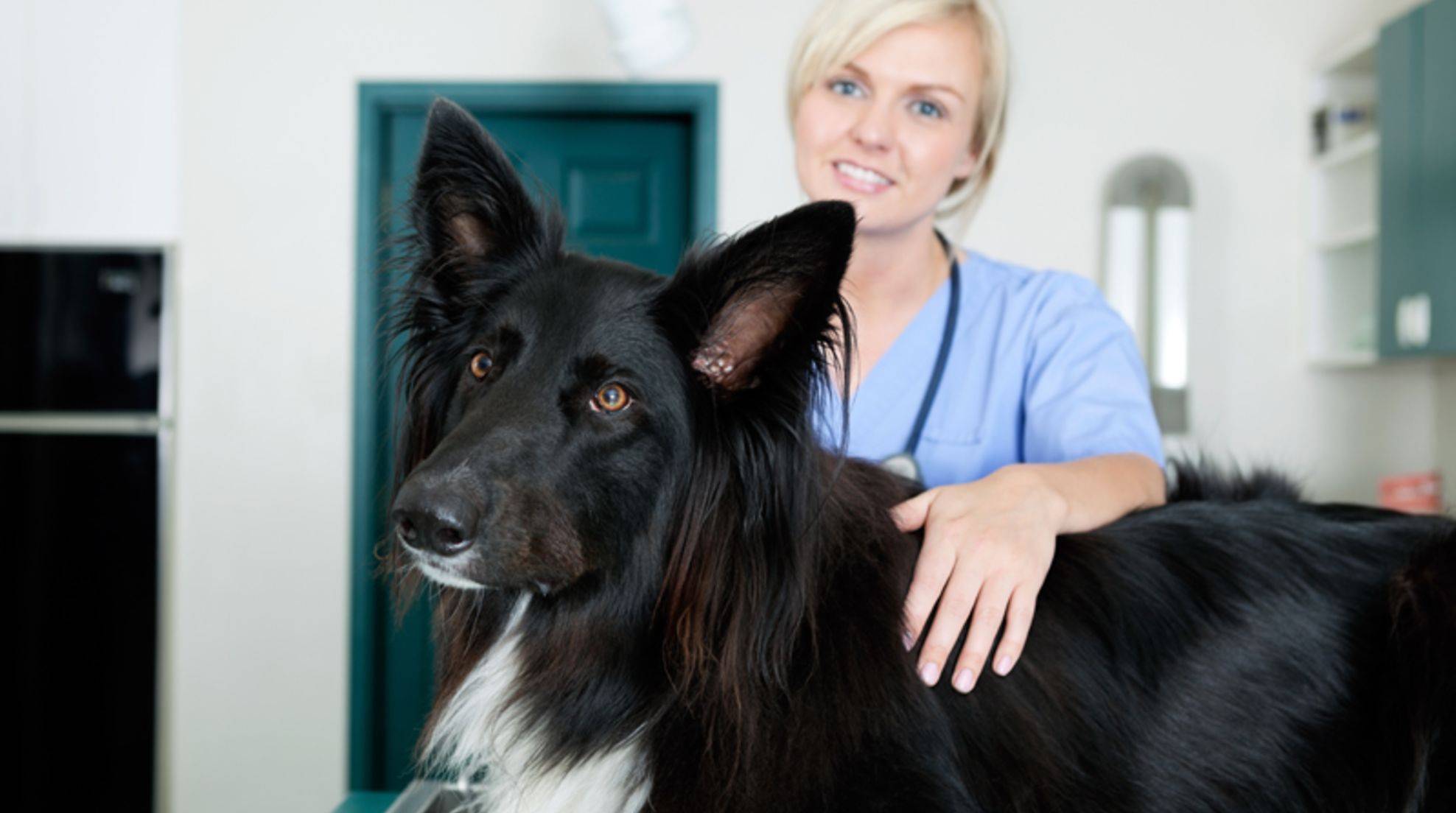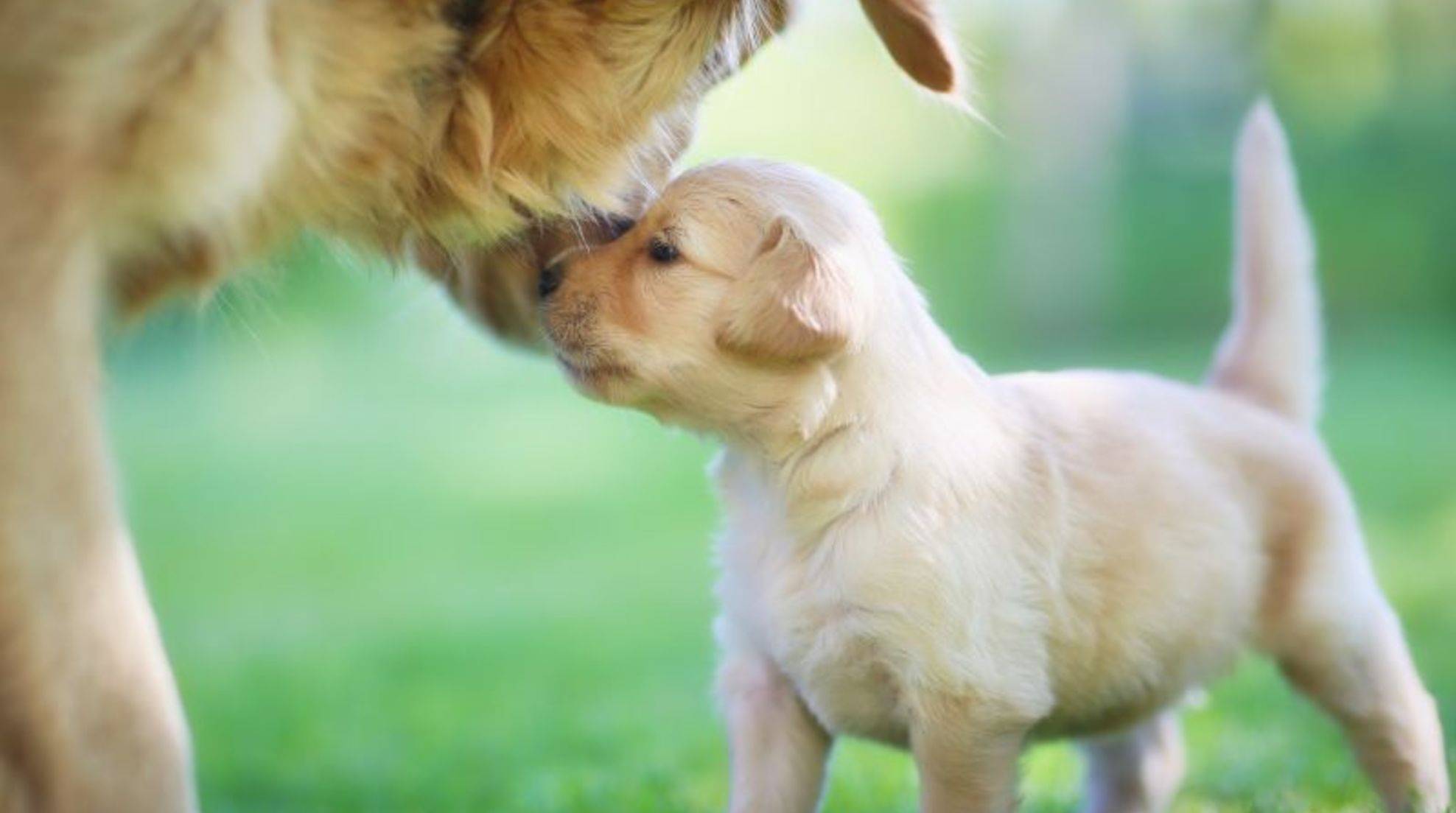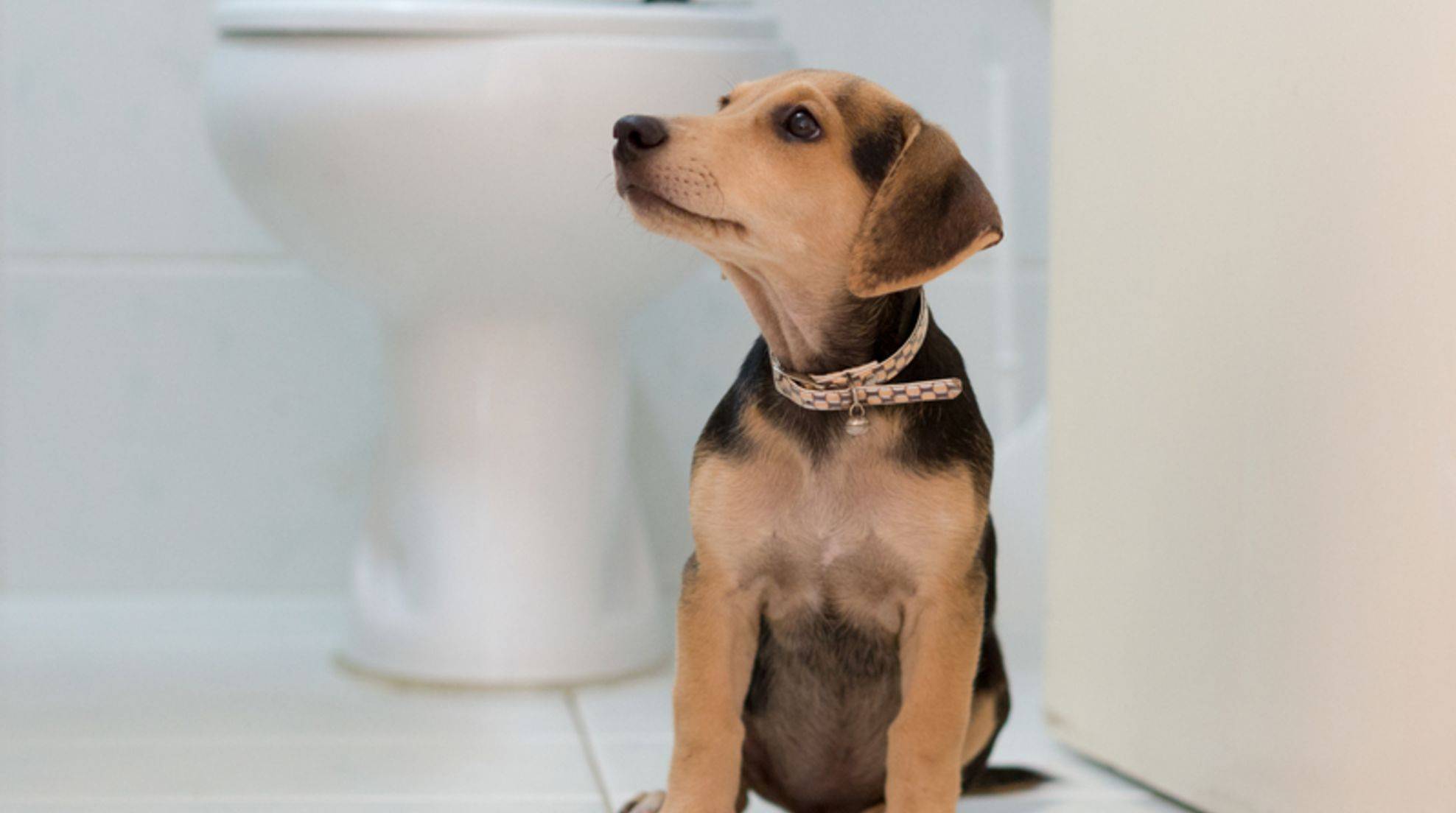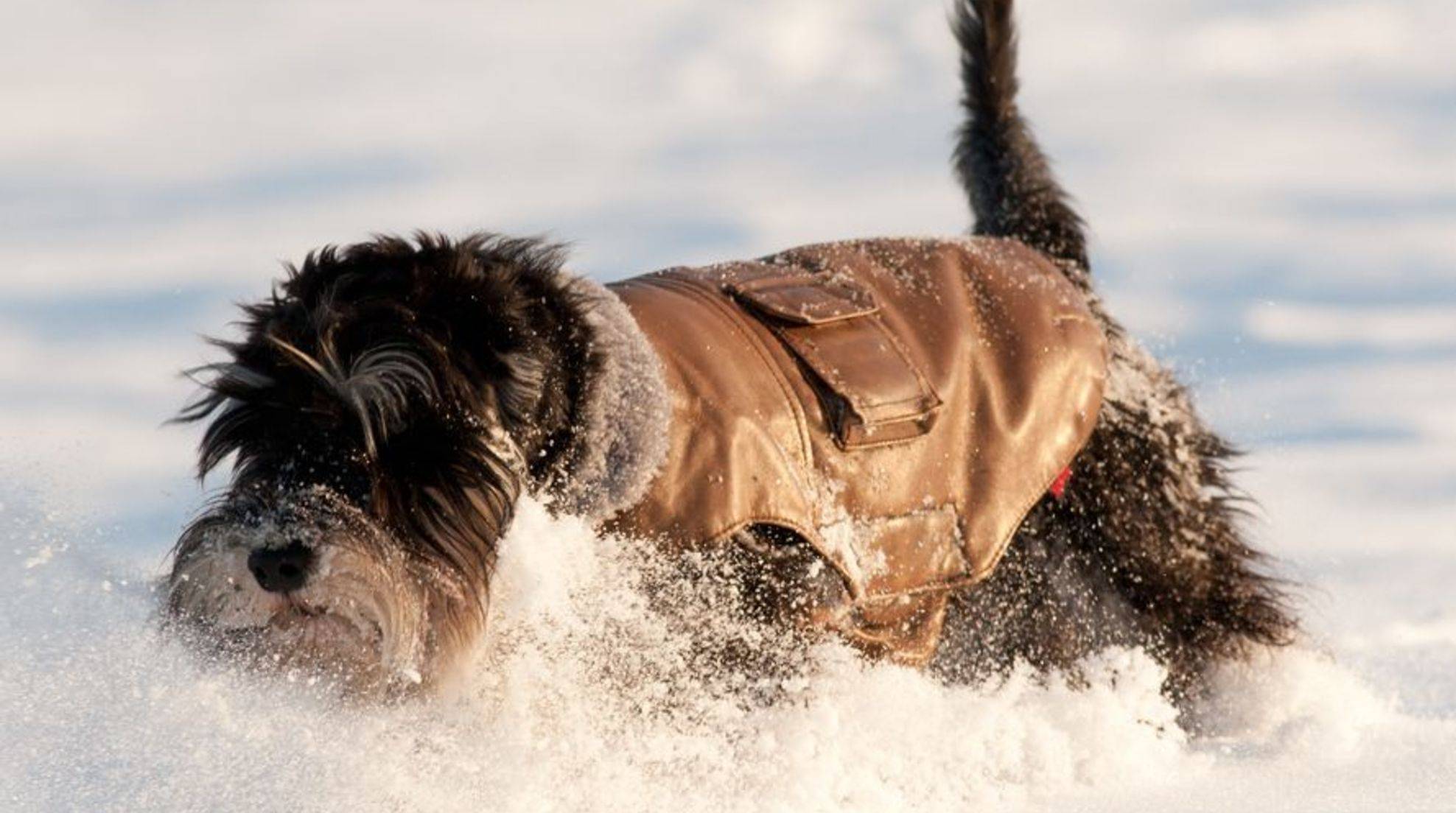How to use body language in dog training
Dogs communicate with each other primarily through body language. You can take advantage of this in dog training.
The correct body language will help you enforce consistent and loving dog training. In general, pay attention to your posture and charisma when dealing with dogs – misunderstandings could occur otherwise.
Body language in dog training: using hand signals
The goal of dog training is to ensure that your four-legged friend always knows what you want him to do. This means that your signals and commands must be clear. If you rely only on your voice, various emotions and moods may unconsciously resonate, confusing the dog. Hand signals and similar body language signals, on the other hand, are more unambiguous.
It is essential that a particular sign has precisely one meaning and does not change. Below are some examples of how you can express commands through body language. Of course, you can adapt them as you wish.
● “Attention”: raise your index finger.
● “Sit”: Point your index finger downward.
● “Sit”: clarify the command with a flat hand.
● “Off!”: Point the palm of your hand forward.
Accompanying this, you can continue to use the voice commands so that your dog learns them if he is ever out of sight.
These are the mistakes you should avoid when it comes to body language.
Dogs may feel threatened or provoked by unconscious signals in their body language. For example, four-legged friends perceive it as aggression when you stare into their eyes. If you bend over him to pat his head, he gets scared. This creates misunderstandings, and if the dog defends itself because it mistakenly feels attacked or provoked, this is difficult for humans to comprehend.
Try to avoid being too bold and making sudden movements, and don’t make too much commotion. However, if you appear confident, calm and send clear announcements through body language and voice, your dog should understand you well.

